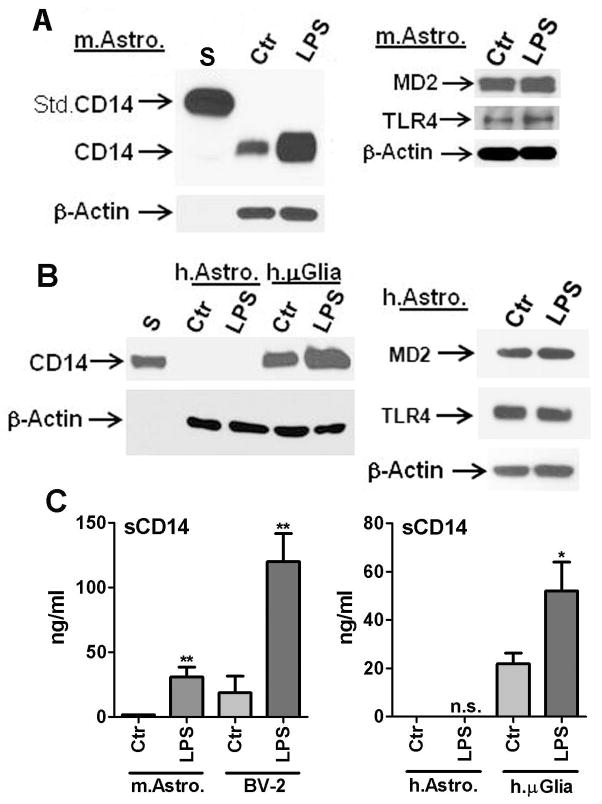Figure 7. Differential expression of cell-associated and soluble CD14 in mouse and human astrocytes.
(A) Western blot analysis of total cell lysates from mouse astrocyte cultures (Ctr or LPS) demonstrating expression of CD14 protein. Mouse astrocyte CD14 expression is greatly upregulated following LPS stimulation (22 h). The blot was incubated with a rat IgG against anti-mouse CD14 (BD Biosciences) showing a single band of ~50 kDa protein. Positive control (Std.CD14, first lane “S”) was 4 ng of mouse CD14-Fc fusion protein (85–95 kDa, R&D Systems). In addition, mouse astrocytes also expressed MD2 (~ 26 kDa, predicted size 18 kDa) and TLR4 (~ 95 kDa), the amounts of which did not change after LPS stimulation (right panel). (B) Western blot analyses of human astrocyte cultures (± LPS) show lack of CD14 expression. The blot was incubated with a rabbit polyclonal IgG against anti-human CD14 (Sigma) showing a single band of ~50 kDa protein. Positive control was 5 ng of recombinant human CD14 (R&D Systems, first lane “S”), as well as control and LPS-stimulated primary human fetal microglia (last two lanes). MD2 and TLR4 protein expression was also detectable in human astrocytes (right panel). β-actin was used to ensure equal amounts of protein loading. (C) ELISA was performed to determine the amounts of sCD14 in culture supernatants of mouse astrocytes and BV2 cells (left panel) and human astrocytes and microglia (right panel), using two separate commercially available ELISAs (R&D Systems, see Materials and Methods). Data shown are mean ± SD (n = 3). Mouse astrocyte sCD14 is barely detectable but shows significant increase after LPS stimulation. BV2 cells show large amounts of basal production of sCD14 which is increased after LPS stimulation (** p <0.01 vs. Ctr). ELISA for human sCD14 was performed using culture supernatants of human astrocytes and microglial cultures and this shows detectable sCD14 only in microglial cultures. Human microglial sCD14 production is also significantly increased after LPS stimulation (* p<0.05). Results are representative of three independent experiments.

